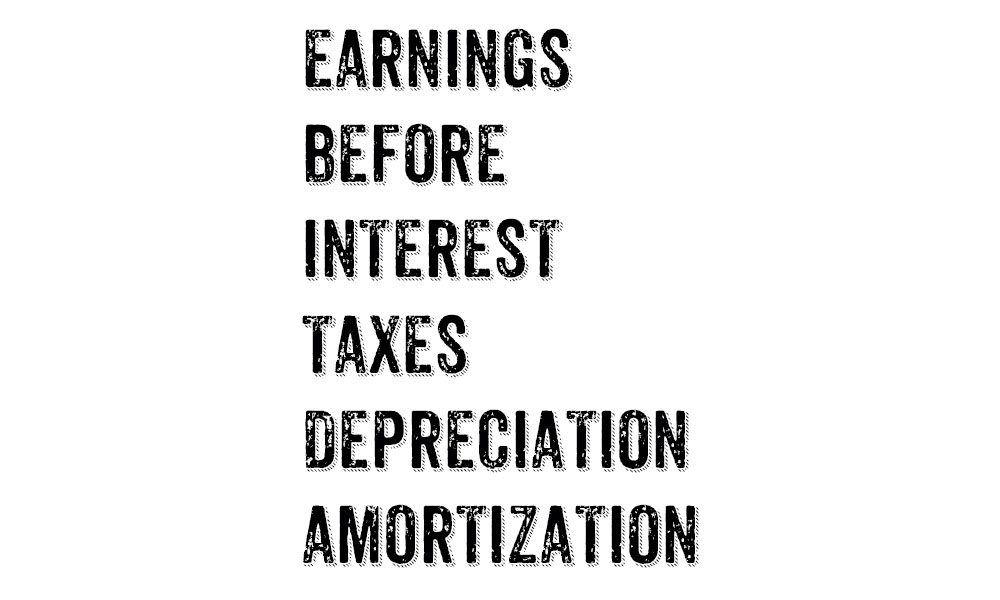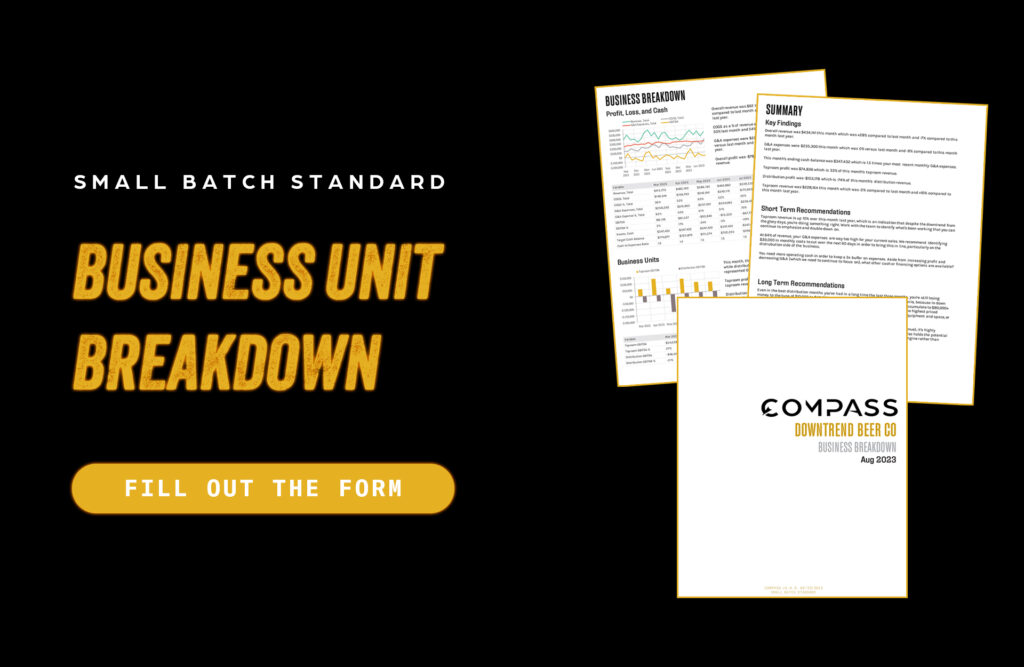Today we’re filling in a gap.
The gap comes from two questions that I get all the time:
- What’s the difference between EBITDA and cash flow?
- Why is my EBITDA positive, but my cash remains low or negative?
If I had an analogy to compare these two it would be the classic roadtrip.
EBITDA is the road that you travel on.
Cash flow is the fuel in your vehicle.
Let’s breakdown this down a bit further. I’ll start with EBITDA, then we’ll move on to cash flow, and then chat about the relationship.
What is EBITDA?
EBITDA is a financing acronym that stands for Earnings Before Interest Taxes Depreciation Amortization.

(Pro Tip: If you happen to be using QuickBooks or QuickBooks Online, they use the term Net Operating Income.)
EBITDA is the operational performance of your business. EBITDA is the closest thing to measuring the amount of cash your business generates over a period of time (i.e. month, quarter, year, etc).
It is not the amount of cash you keep.
It’s the amount of cash the business generates.
Additionally, EBITDA is the operational performance minus any financing decisions and operational management blunders.
What do I mean by this?
Let’s say that your partner signs a loan for a canning line.
That’s a financing decision. It is not going to affect EBITDA, but it will impact cash flow.
Let’s say that your production manager orders six trucks of cans instead of six pallets of cans. This will not affect EBITDA. But it will absolutely affect cash flow.
The reason EBITDA is so cool is because it levels the evaluation field among different businesses. If you’re comparing two businesses within the same industry and the chart of accounts are set up properly, you can tell exactly what’s going on with these businesses just by looking at their EBITDA.
The Gap
The gap that I hear all the time:
“Hey, Chris, we have positive earnings each month but our cash is trash.”
Cash is trash?

Isn’t cash king?
What this tells me is their positive earnings are not reflecting an increase in cash balance.
Back to the roadtrip analogy. If you have a vehicle that requires 93-octane and you continuously put in 89-octane, you’re not going to get as far on that fuel. You’re not going to get the maximum life out of the engine.
No cash, no go.
Some operational decisions that can affect cash flow:
- debt financing
- leases
- buying inventory
- distributions to shareholders and partners
- capital expenditures (e.g. buying more equipment)
All of these items do not affect EBITDA, but they affect cash flow.
Positive earnings is an amazing start and it shows that you’re operationally running a sound business.
But low cash or no cash puts into question the longevity of the business.
Let us help
What’s next?
Step one: click the link below and fill out the form.
Step two: the Small Batch Standard consulting team will reach out to you and request some additional financial information about your brewery, cidery, or distillery that will allow us to run an analysis to show you where you stand with your EBITDA and where you stand with your cash flow.
Step three: We’ll schedule a call with you and chat through the results of the business analysis.
I hope this was helpful.
We look forward to talking with you soon.
-cf
